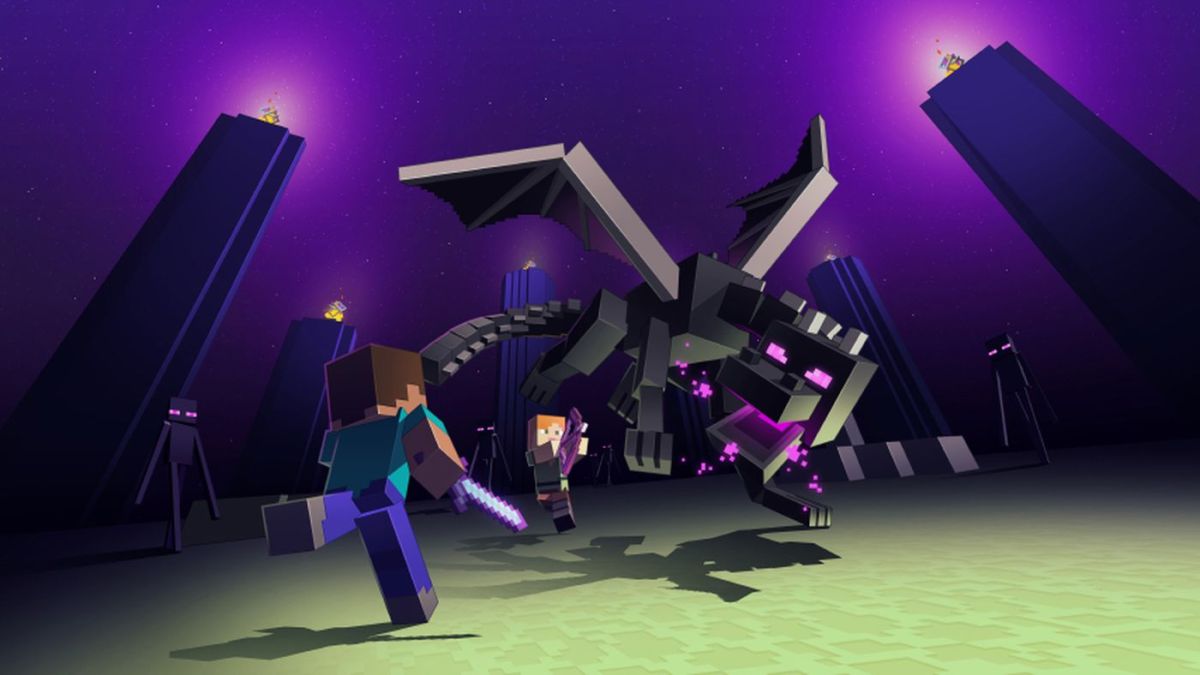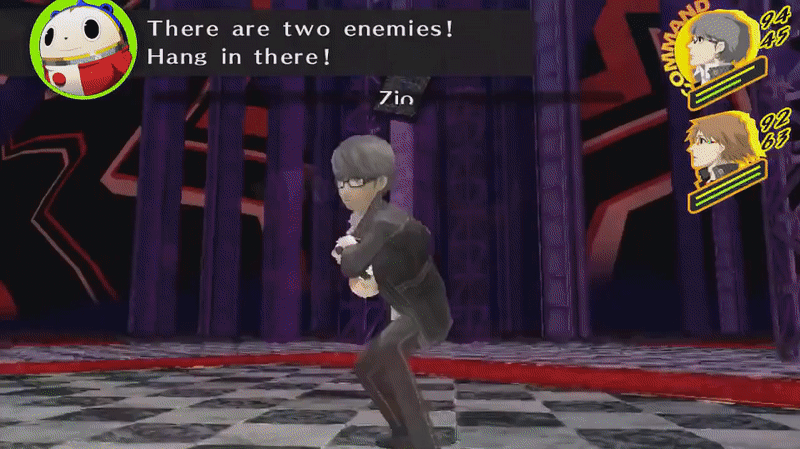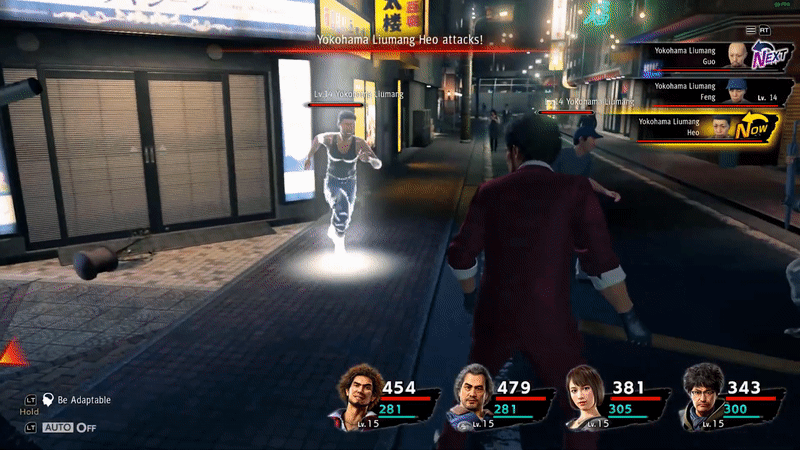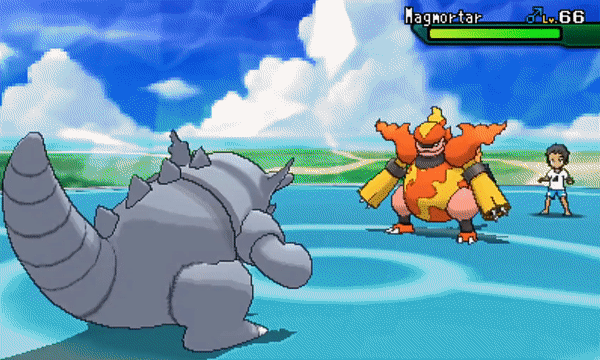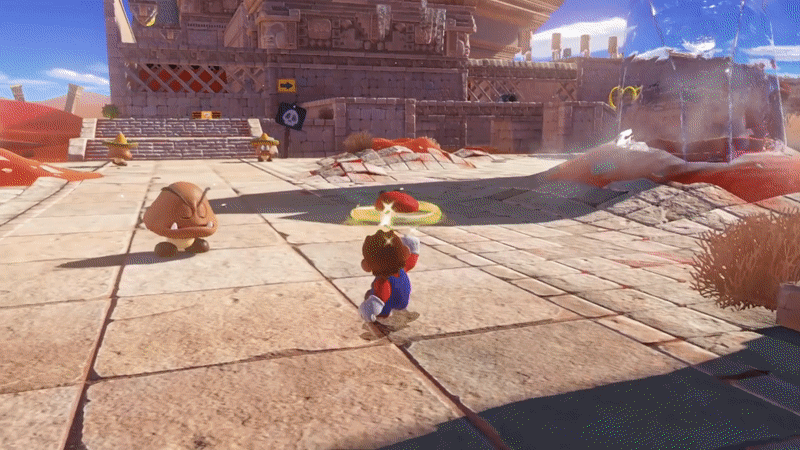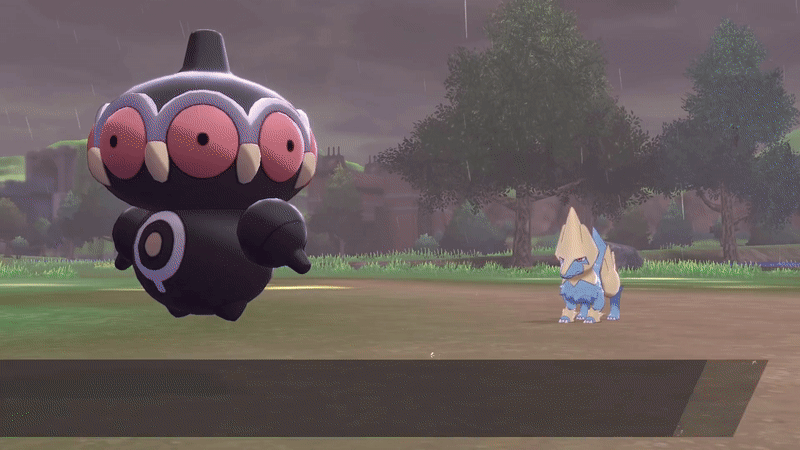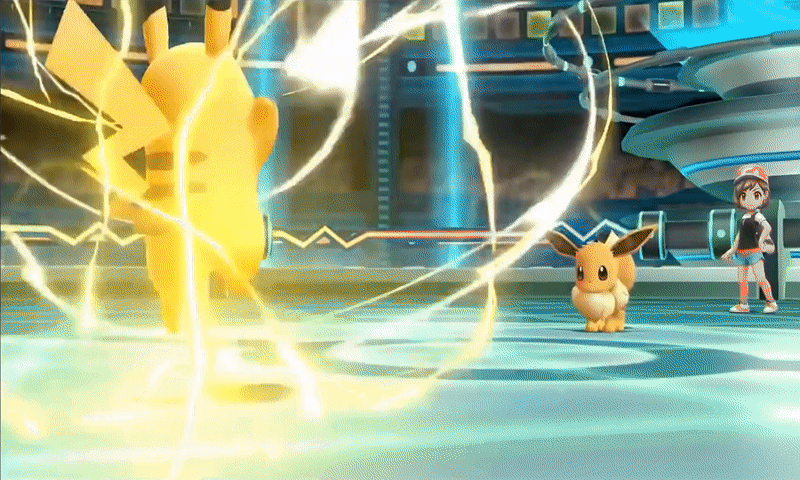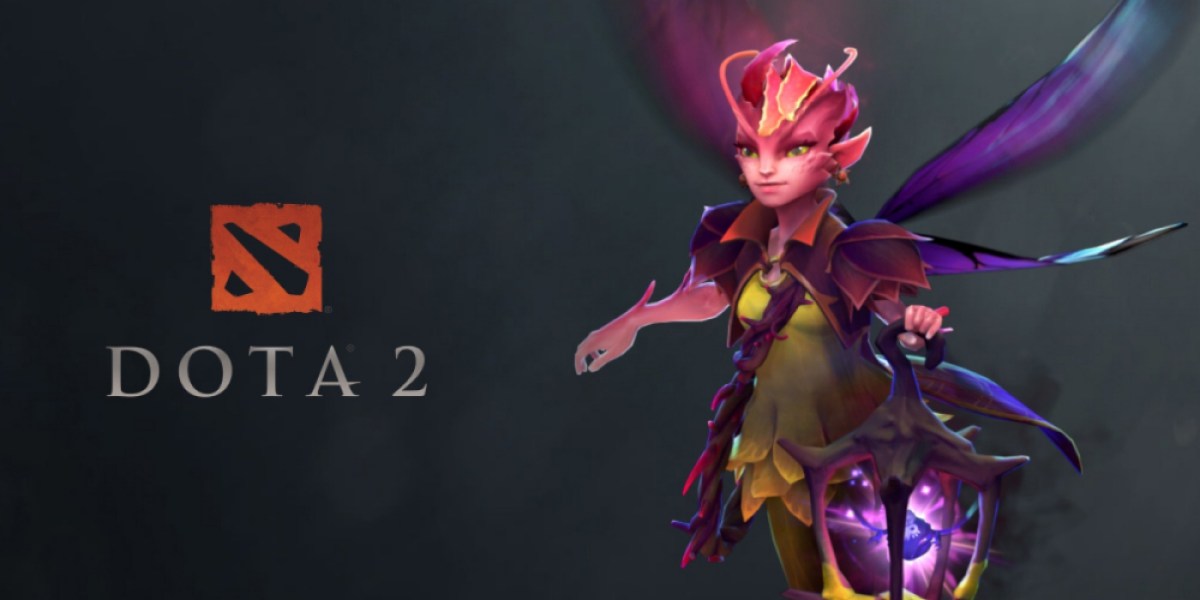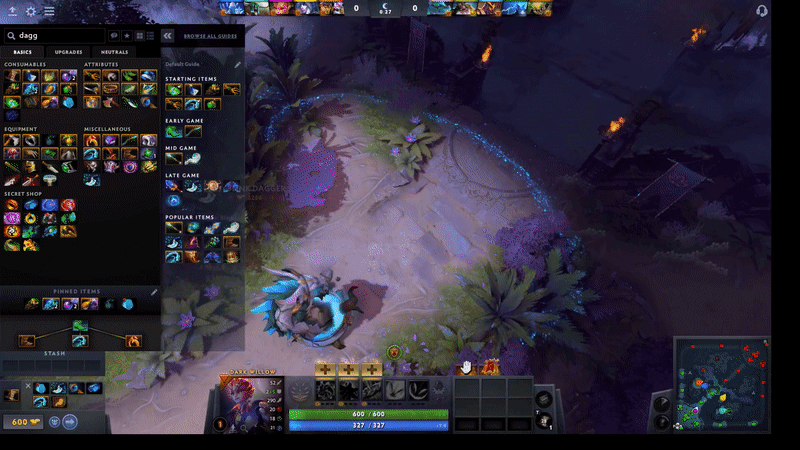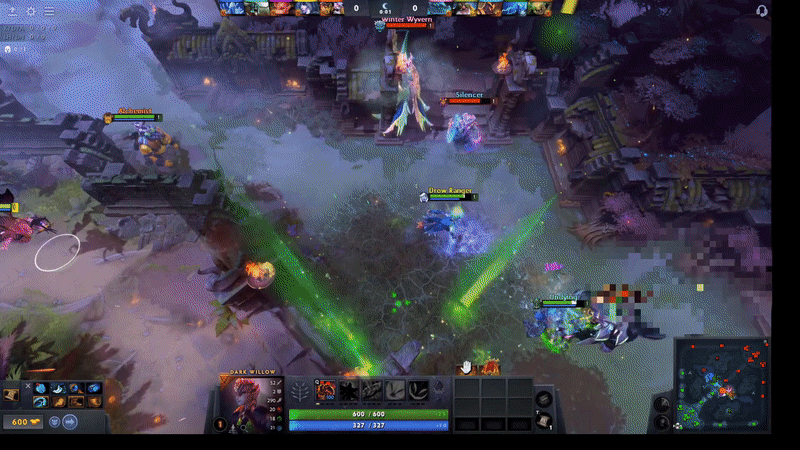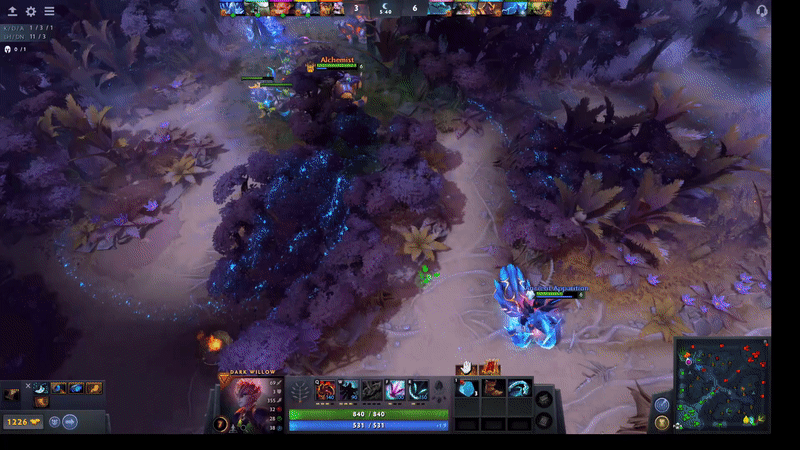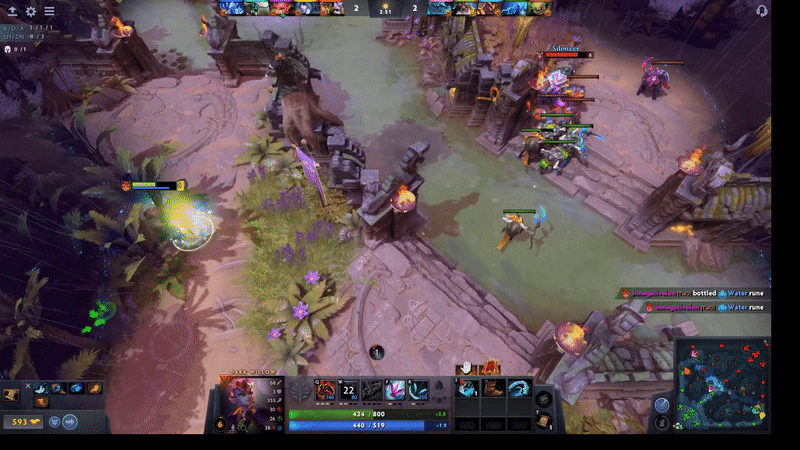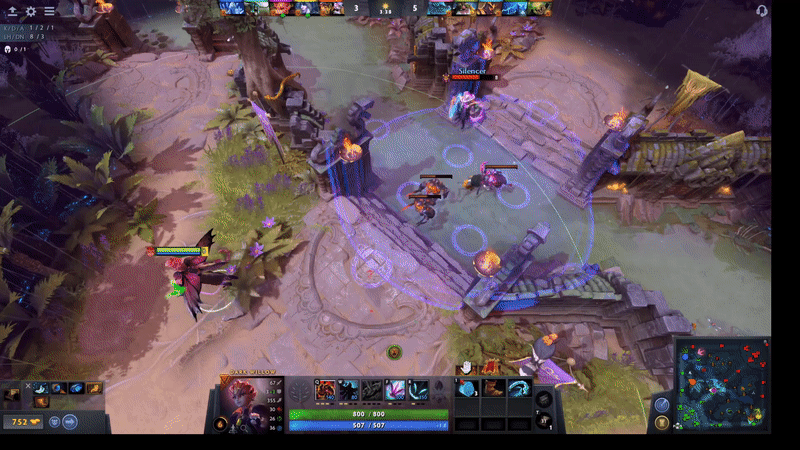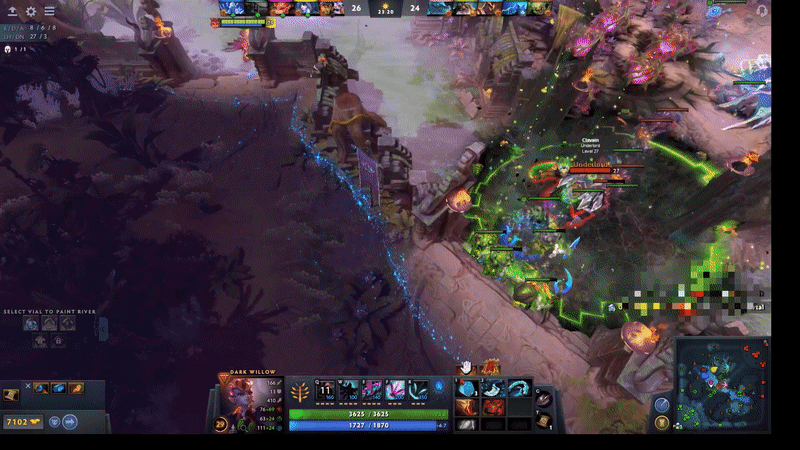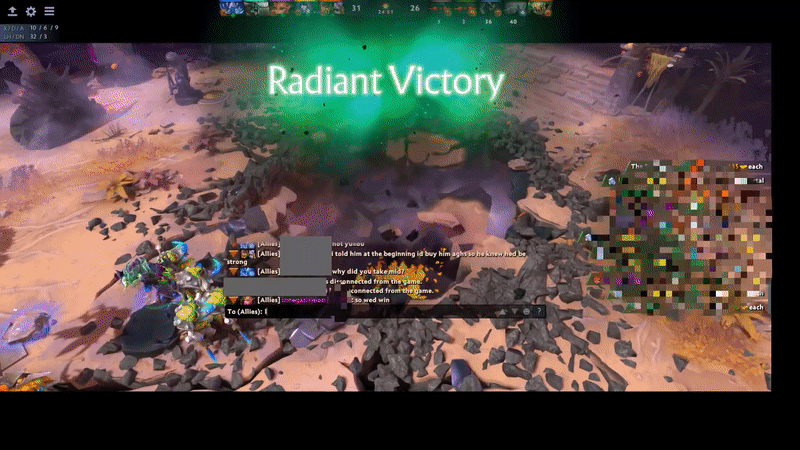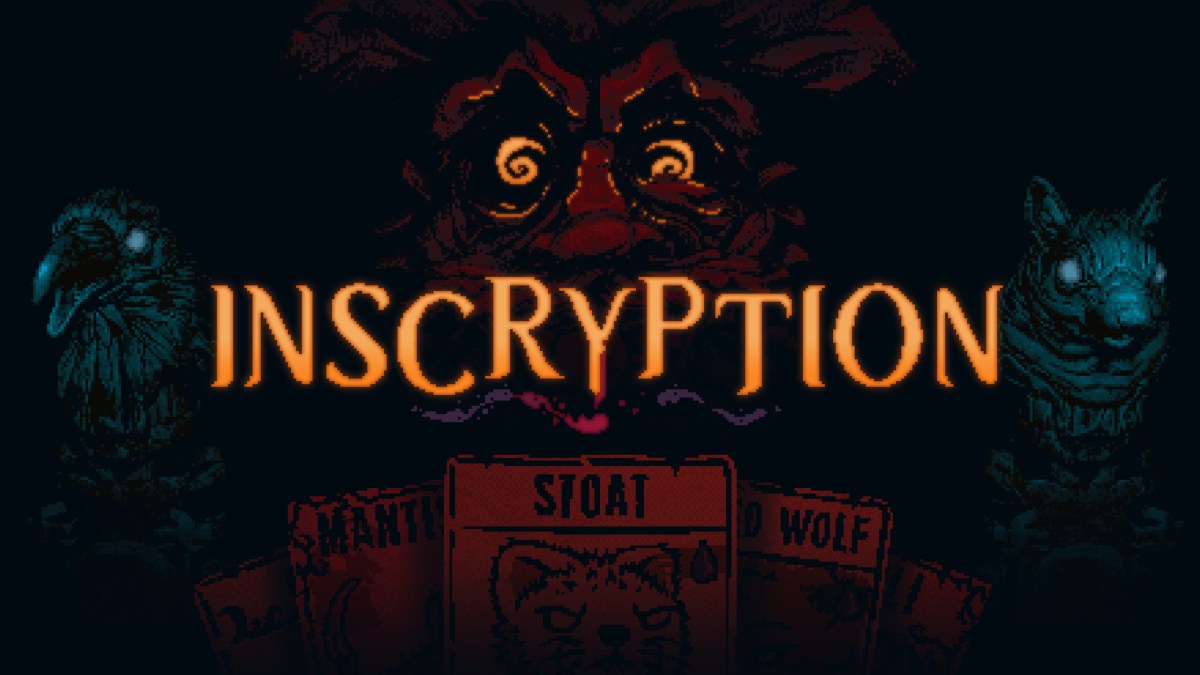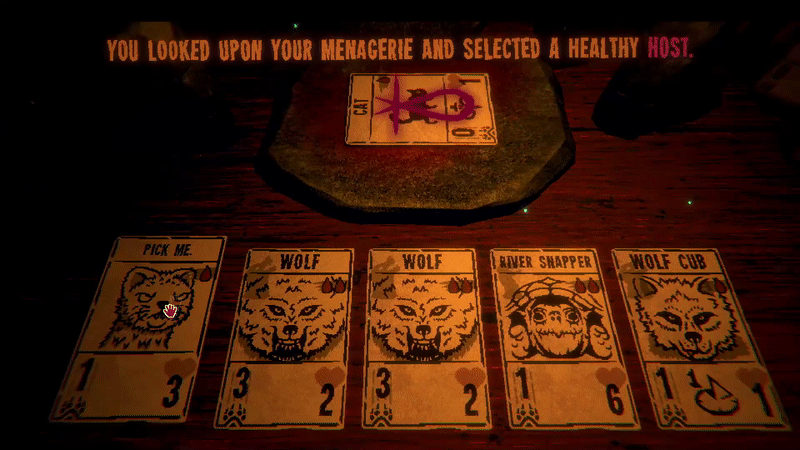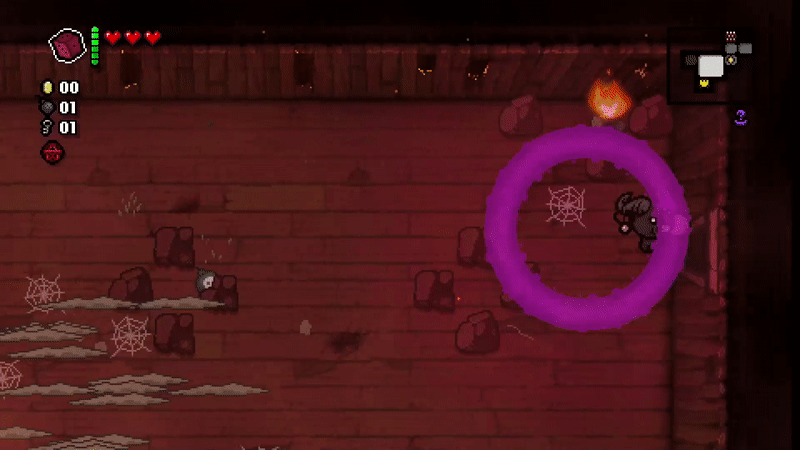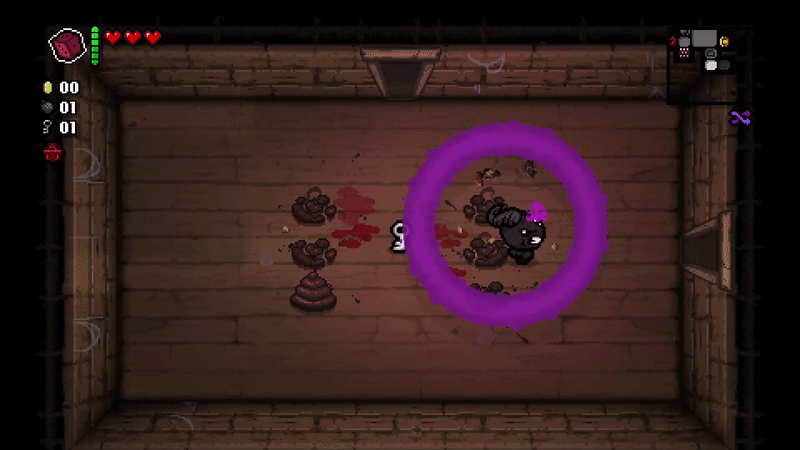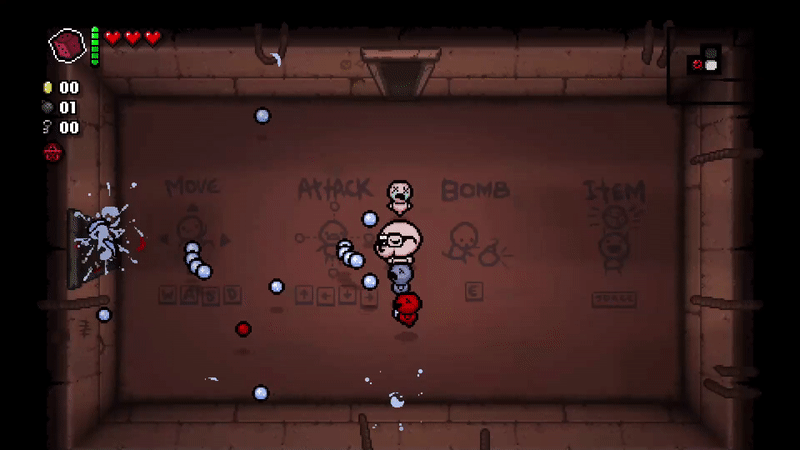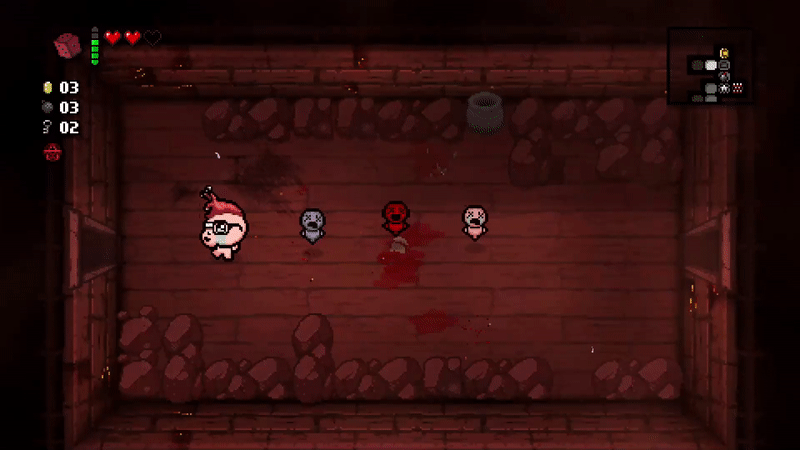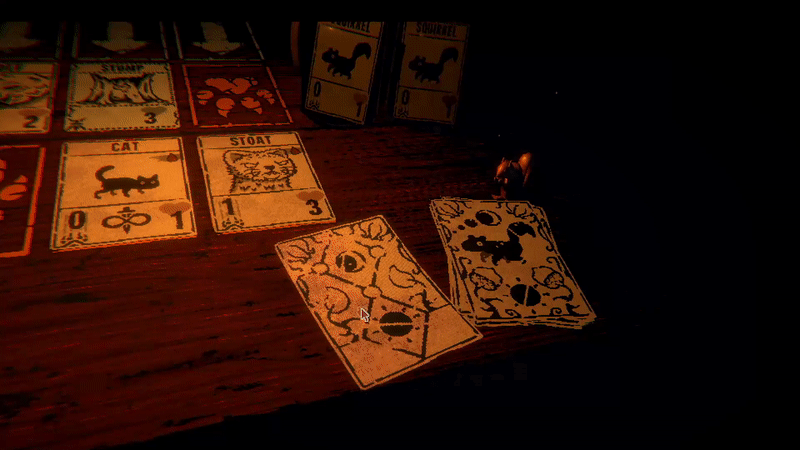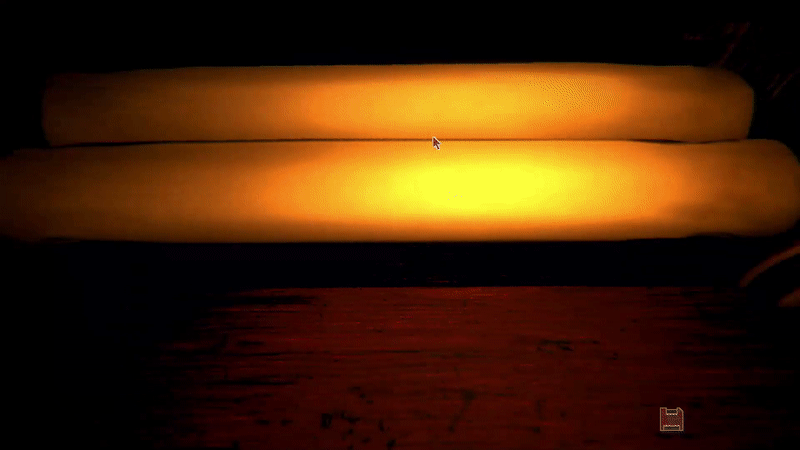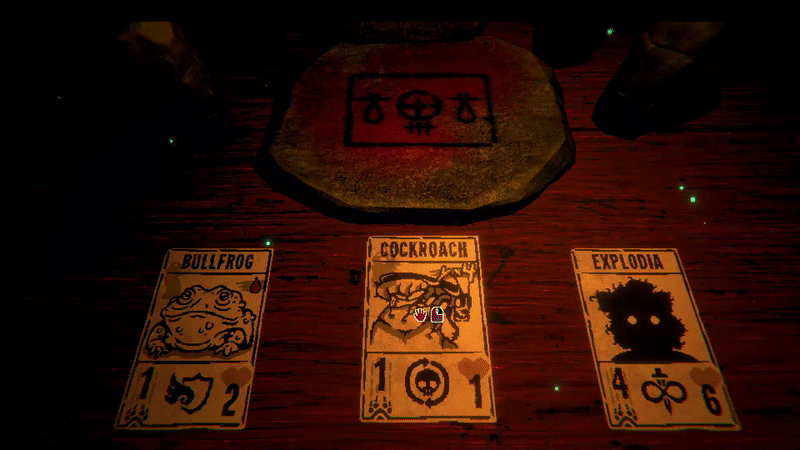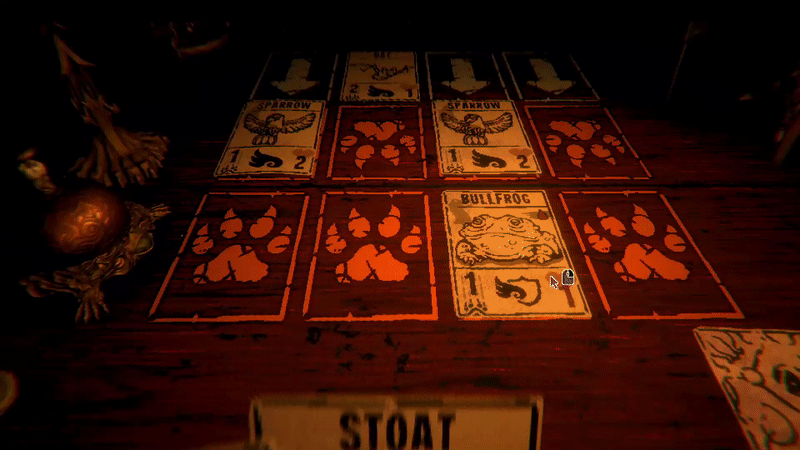I had one of those weeks. You know the type. An update for worldwide phenomenon Minecraft, survival-based multiplayer sandbox game in which all the world is cubes that can be deconstructed and rebuilt as the player desires with enough energy and time, came out recently. So some friends decided to boot up a new multiplayer server, and there goes all of my free time for the week. We just accomplished Minecraft‘s nominal win condition for its survival mode, the condition which triggers the game’s strange credits sequence; killing a creature known as the Ender Dragon.
Minecraft is a game that, by its very nature does not lend itself to a win condition at all. Even in survival mode, at its core Minecraft opens itself to players defining their own goals and aspirations. Perhaps you wish to build a tall, imposing tower, or a glass city under the sea. Maybe you just want to explore and find beautiful landscapes, or dig into an enemy stronghold and steal their treasure. Maybe you want to raise animals, or start a zoo, or automate the production of gunpowder. All of these things are possible in the game, and none of them really have anything to do with, nor contribute to, the process of killing a dragon, at least not directly. Minecraft isn’t really a combat game, you see. Sure, it has combat in it, and there’s even some nuance to how it works, but it isn’t exactly a challenging set of deep mechanics one is naturally predisposed toward mastering, especially when Minecraft is so rewarding towards its other forms of play, such as digging, landscaping, crafting, and building. All that aside, it was decided Minecraft would have an overriding game-defined goal.
So met with the quandary are we, how does one design a boss for a game in which, A: combat is barely involved, and B: is primarily a game of non-combat mechanics like traversal, building, and uh, mining and crafting. The Ender Dragon is an interesting example of this idea in practice. There are a lot of cool ideas the design of the Ender Dragon utilizes to make it interesting within the context of Minecraft’s unique suite of sandbox game mechanics. If I were to make an appraisal of its overall success in this regard, I’d say the Ender Dragon is… okay. It is at once somewhat convoluted yet also simplistic, and more than a little janky. I’ll get into a little more detail, but overall the fight is fun, and though I don’t think it is the utmost pinnacle of this idea, it is one of the most popular – Minecraft is played by millions, and is in a unique position to examine this idea of boss fights or boss-fight like gameplay engagements for games that are not primarily about combat.
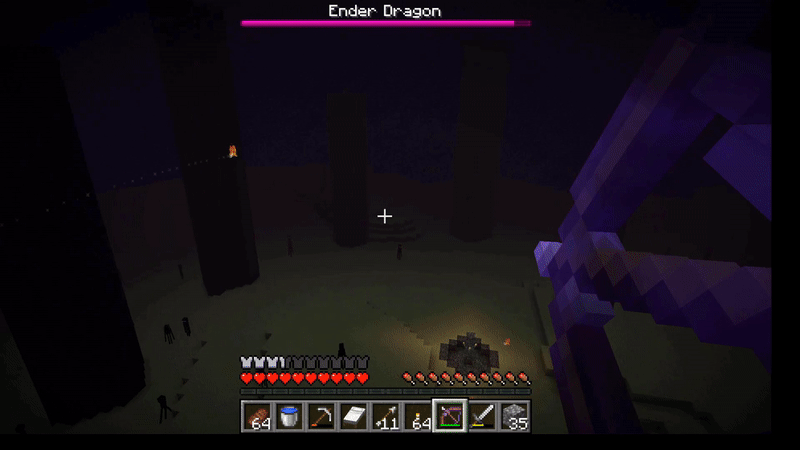
The Ender Dragon encounter is primarily a player-directed boss fight, meaning that the pace and rhythm of the fight is directed by the player, rather than by restricting rules of the boss’s environment. The player directs their interaction with the environment, rather than the other way around. The Ender Dragon is a large black winged beast that breathes fire and flies around an isolated island in an empty void. Her behavior consists of several states which she cycles through, with a preference for certain states over others depending on the status of the structures surrounding the outer edges of her boss arena, called End Crystals. The dragon will dive at players occasionally, and being buffeted by her wings can send players careening off into a lethal fall if they’re not careful. Whilst circling above, the dragon will launch fire balls that leave pools of deadly fire-like substance that persist for some time. Minecraft does not have extremely robust combat mechanics as I mentioned, and dodging usually just means moving to where the danger is not. The fire pools can be irritating, still, them lingering encourages players to dig and build around persistent obstacles.
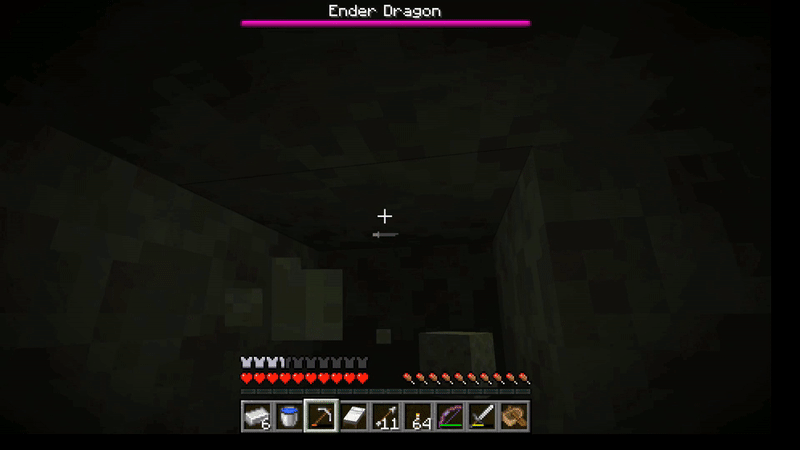
So essentially what’s going on, is that these Ender Crystals want to be destroyed. Some can be sniped with projectiles, but some have protection that needs to be dug through, and to do that you need to build a scaffold up to their elevated location. If you don’t destroy these, the dragon stays in the air and restores her health. The design is suggesting the player utilize their building skills to solve the problem, which is good. Building is one of Minecraft‘s most fun and robust features, so it’s good to lean into for a boss fight. It’s a little straightforward though, there isn’t much developed knowledge of building technique needed to build up to these crystals. What’s most restrictive is simply the intimidation factor of the dragon, and outside of that there’s not much to it, as far as the end crystals are concerned.
Another strange quirk of this fight is the presence of many Endermen monsters in the area. Endermen are some of the strongest, most deadly, and most aggressive enemies in the game, but only when provoked. They can be provoked by attacking them, or by centering one’s camera on theirs. The Enderman’s relatable aversion to being perceived translates to a need for avoiding eye (camera) contact with them. I can’t speak too much for others’ strategy, but I always find myself look down at my feet during this encounter, as though my character is just really embarrassed to be there. It’s strange challenge – having to be wary of where your camera is pointing, not just where you character is standing. It does fit with the dragon being an Ender Dragon, as the Enderman monster, which can be encountered outside this fight, and isn’t all that uncommon in the overworld, always abides by this eye-contact rule. It does give the player another plate to spin, but it may feel claustrophobic and a little artificial to some. I can’t help but wonder how this fight might be improved if the designer can rely on the player having full freedom of motion with their camera.
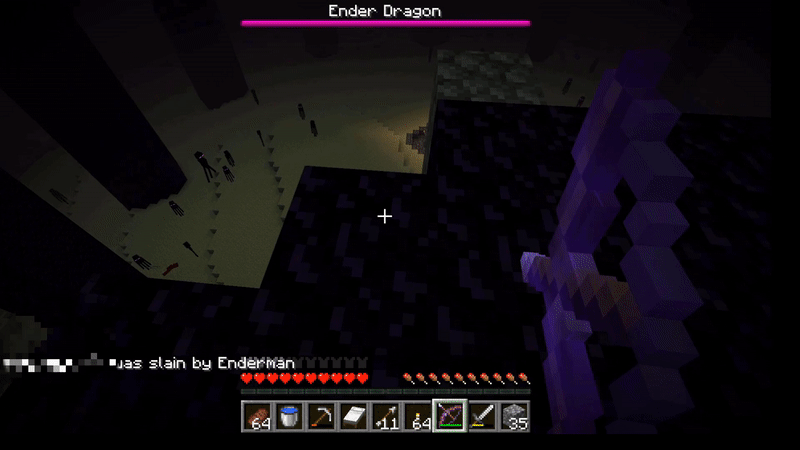
One of the things I find most commendable about the design of the Ender Dragon is how open to various forms of problem solving it is, and how it accounts for the many methods a player might used to dethroning it. Minecraft offers players a huge number of tools with which to solve problems as they explore the world. For instance, the dragon usually is flying around the sky, out of reach of Minecraft‘s most common weapon, the sword. It can, of course be shot with range weapons such as arrows, but the dragon will also frequently land to rest after the End Crystals are dealt with, making it vulnerable to melee attacks. This is one solution. Since the dragon will land and stay stationary for a time, it’s also possible to load up her roost with explosives and set them off like a trap.
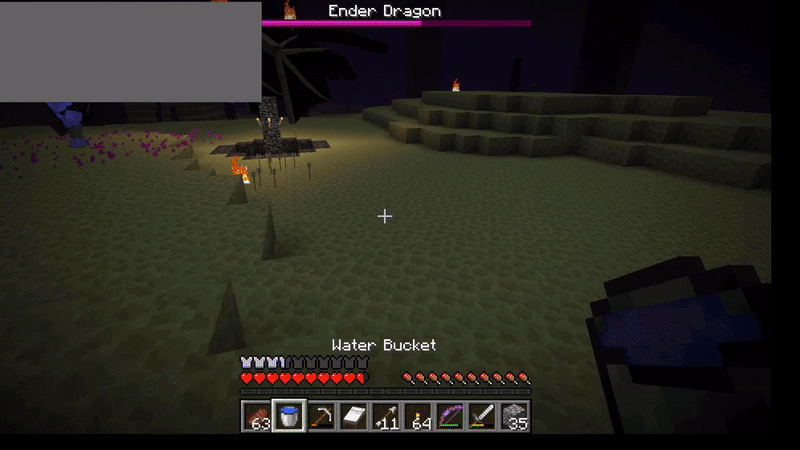
The dragon’s fire can be dangerous to those walking across her arena’s surface. Of course, Minecraft, being a game about building and digging, it’s totally possible to dig a safe series of tunnels under the arena to move around, or build up cover to protect from the dragon’s fire balls. Climbing up to reach the End Crystals poses another challenge, one that can be tackled in several ways. Shooting the crystals with projectiles is possible, but some are encased in shields that need to be removed. Building up to them with blocks is an option, or placing water (which can inexplicably be swam up in Minecraft) also works. Gravity is an ever-present threat in this encounter, so it’s wise to have some way to address it. Careful use of water can break any fall, or enchantment to one’s boots renders great falls less lethal, or you can drink a potion to fall more slowly. The point is, in Minecraft there are a myriad of ways to approach any given problem, and the dragon neatly accommodates nearly all of them.
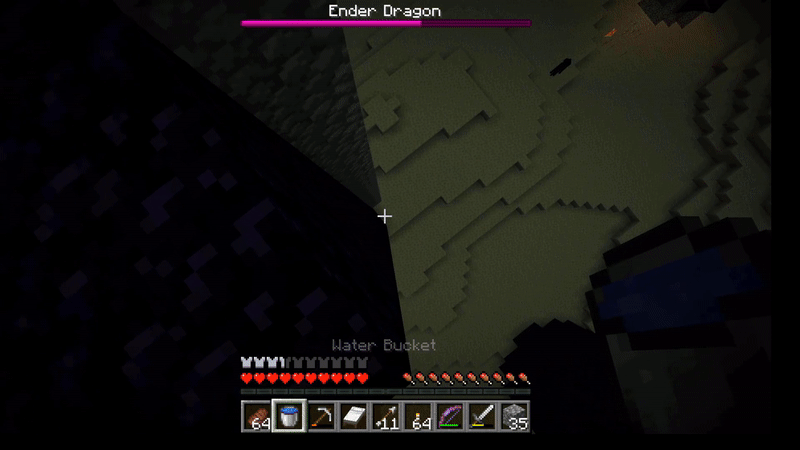
The existence of the crystals is evidence of this. They exist apart from the dragon, at stationary, elevated points. If you want to destroy them up close, they require you to reach their elevated location, likely with building. Building during a dragon attack is a pretty compelling idea, and having to build up to your target seems like a natural fit for a boss fight in Minecraft. There is some inherent risk and reward to how one approaches building up to them. You can build straight up, or try for a more cautious staircase, or perhaps build up to one crystal, then create a bridge to the others.
Another advantage of Minecraft‘s immense suite of problem solving tools is how it frames the fight against the dragon. It is a difficult undertaking, even with a group of friends cooperating. There are a lot of hazards to look out for, so preparation is key. Minecraft is, in a lot of ways a game of preparation. Each night, hostile monsters will appear and overwhelm the unwary, but a solid roof over your head, and an ample supply of food will get you through. Bigger challenges in Minecraft harbor greater risks, and protective enchantments, armor, potions, special food, animal companions, building materials, etc. can all lighten the load. There’s a special sense of camaraderie when all of your buddies convene at a central location to swap enchanted bows and arrows, high-quality armor, and buckets of water in preparation for a great adventure. The Ender Dragon’s accommodation for all these varied modes of tackling problems is one of the best parts about it, regardless of other shortcomings. It’s the context and framing of this boss fight, I think, that creates its greatest moments.
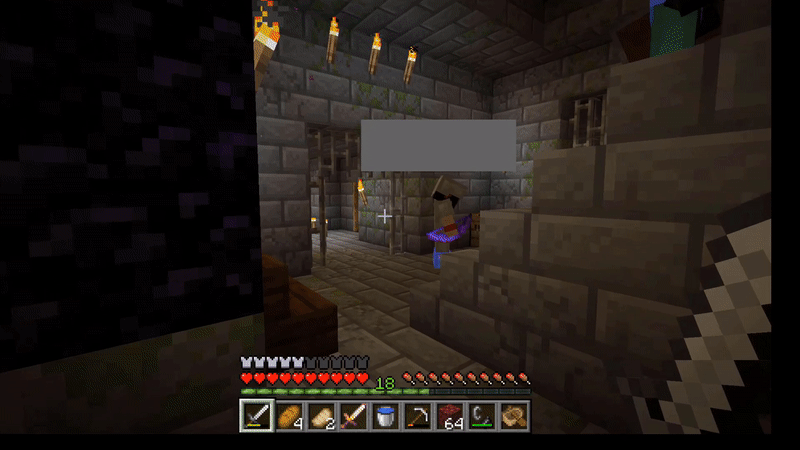
Whether Minecraft players wanted it or not, the Ender Dragon is the unambiguous overriding goal of a Minecraft ‘playthrough’, its final boss. Is the Ender Dragon a culmination of the skills and knowledge a Minecraft player accrues during their journey to the End? Well, kind of. The levels of preparation and supplies gathering players can engage in is huge in scope. There’s all sorts of stuff you can gather and build to prepare for this fight, and gathering/building is one of the most fun things you can do in the game. In my opinion, the experience is only heightened when a group of friend communally pool their resources to maximize the chances of success. The fight itself is a little convoluted, with the disparate Ender Crystal targets, apart from the dragon itself, but also somewhat dead simple in the very limited suite of behaviors the Ender Dragon can actually engage in. Having to utilize building or similar methods to reach the Ender Dragon’s crystal weak points is compelling and fits with Minecraft’s gameplay, although it’s a somewhat blunt and simplistic implementation. I find the Ender Dragon’s overall design commendable in a lot of ways, and I do look forward to the challenge as a fun communal activity with friends, but it feels under-designed in several ways. Sometimes putting a dragon boss fight into a game like Minecraft feels like hammering a square peg into a round hole. Still, I think there’s a lot to praise about and learn in regards how to approach these sorts of challenges in games that don’t primarily utilized combat as a central game mechanic.
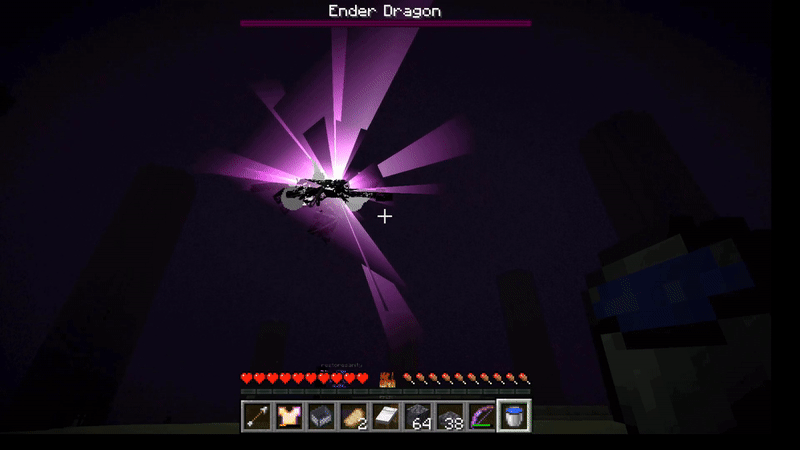
And the game was over and the player woke up from the dream…
